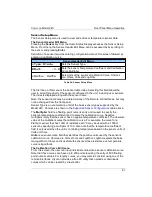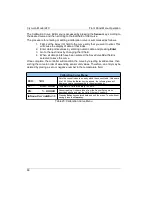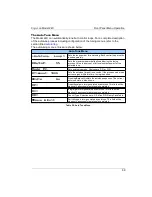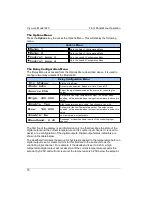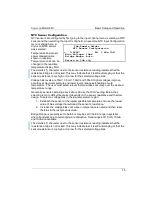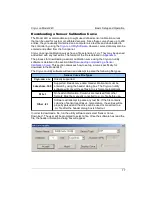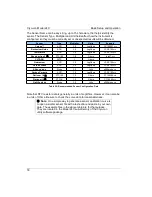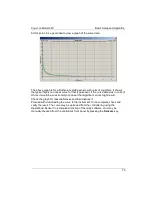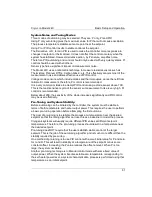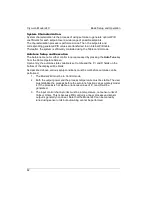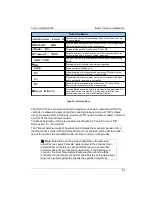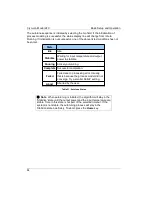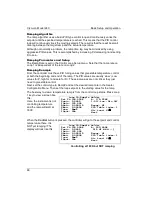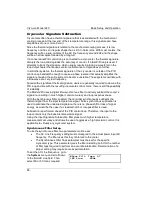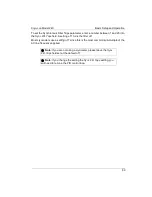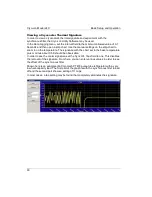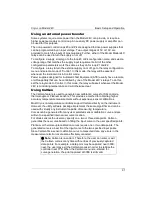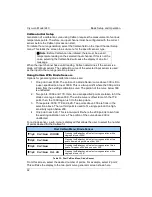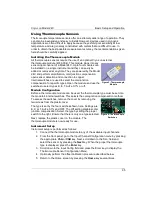
Cryo-con Model 24C
Basic Setup and Operation
System Noise and Tuning Modes
Three modes of autotuning may be selected. They are: P only, PI and PID.
Using P only autotuning gives the maximum value for P that will not cause oscillation.
The process temperature stabilizes at some point near the setpoint.
Using PI or PID control results in stable control at the setpoint.
The Derivative, or D, term in PID is used to make the controller more responsive to
changes in setpoint or thermal load. It does not affect the control accuracy when the
system has stabilized. However derivative action, by it's nature, amplifies noise.
Therefore, PID autotuning and control should only be used with very quiet systems. PI
control should be used with all others.
Sensor type has a significant impact on measurement noise.
The Model 24C uses a ratiometric technique to measure resistor sensors such as
Thermistors, Platinum RTDs, Carbon Glass
etc. This effectively cancels most of the
measurement noise and allows effective use of PID control.
Voltage mode sensors, which include diodes and thermocouples, cannot benefit from
ratiometric measurement, therefore, PI control is recommended.
It is a very common mistake to attempt PID control using a diode sensor above 70K.
This is the least sensitive region of the sensor so measurement noise is very high. PI
control is recommended.
Below about 20K, the sensitivity of the diode increases significantly and PID control
may be used effectively.
Pre-Tuning and System Stability.
Before autotuning can be initiated by the controller, the system must be stable in
terms of both temperature and heater output power. This requires the user to perform
a basic pre-tuning operation before attempting the first autotune.
The goal of pre-tuning is to stabilize the process at a temperature near the desired
setpoint so that the tuning algorithm can use this as a baseline to model the process.
Cryogenic systems will usually require different PID values at different setpoint
temperatures. Therefore, the pre-tuning process should result in a temperature near
the desired setpoint.
Pre-tuning does NOT require that the user establish stable control at the target
setpoint. This is the job of the autotuning algorithm and is much more difficult than the
stability required by pre-tuning.
One method of pre-tuning is to use PID control with a small initial value for P and zero
for I and D. This will result in stability at a temperature of the setpoint minus some
constant offset. Increasing the P value reduces the offset amount. When P is too
large, the system oscillates.
Another pre-tuning technique is to Manual control mode with some fixed value of
output power. When the system becomes stable at a temperature corresponding to
the set heater power level, a system characterization process is performed using that
temperature as an initial setpoint.
81

